Changing to a takeaway due to Covid restrictions
The recent introduction of, and roll out of, tiers, levels, lockdowns and circuit breakers by the four UK governments means that many hospitality businesses are facing some stark choices around whether they can continue to operate in their current format or pivot.
With more and more businesses affected each week, many face the choice of diversifying their services to a takeaway. There are many necessary actions a businesses that wants to pivot in this way will need to undertake in order to be compliant and this needs to be done in a robust, safe. Guidance from all UK governments puts the onus on a business to reduce its Covid risk to the lowest reasonably practicable level by taking preventative measures.
Businesses offering takeaway, food collections and food deliveries to customers need to adhere to some very different rules from those businesses with a restaurant set-up. In line with wider government advice, the risk assessment for your business will need to address the risks of COVID-19. You should use the government social distancing guidance to inform your decisions and control measures. If you have fewer than five employees, you do not have to write anything down. You should also consider how any impacts on existing food safety management systems.
You must document any changes you make; document the start-up checks you undertake and
inform your local food authority if you are restarting your food business, and of any changes to your registerable activities. This includes the introduction of a new delivery or takeaway service.
Additional safety considerations when pivoting to a takeaway include logistics, cleaning and sanitising and staff. With thought needed in areas such as how to reduce contact and maintain a social distance between team member and customer, which affects everything from the processing payments to how people can access and enter the premises.
Enhanced cleaning regimes for hand contact surfaces, alongside the provision of hand sanitiser, alongside signage requesting people to use it will be needed. Then how you train and rota your staff will need thinking through.
These different rules that govern how a hospitality food businesses that transport hot and or cold food and drink to their customers that businesses when pivoting from a restaurant set-up
include:
- Logistics – planning how to accept payments, restrict numbers entering the premises, create areas for, and time, collections so that these are done in a way that reduces contact and maintains distance between team member and customer
- Cleaning & sanitising – putting in place enhanced and more frequent cleaning regimes for hand contact surfaces and providing hand sanitiser with a minimum alcohol content of 60% and signage displayed requesting people to use it.
- People – staff are not to lone work and all team members will need to be trained in COVID-19 precautions, with emphasis on hand washing and wearing face coverings. Plans to address these need to be in place before you open.
Check out our free Takeaway guidance pack which assists with the setting up of takeaways, including a safe method that can be used alongside your Food Safety Management System, as well as a risk assessment for takeaway deliveries.


